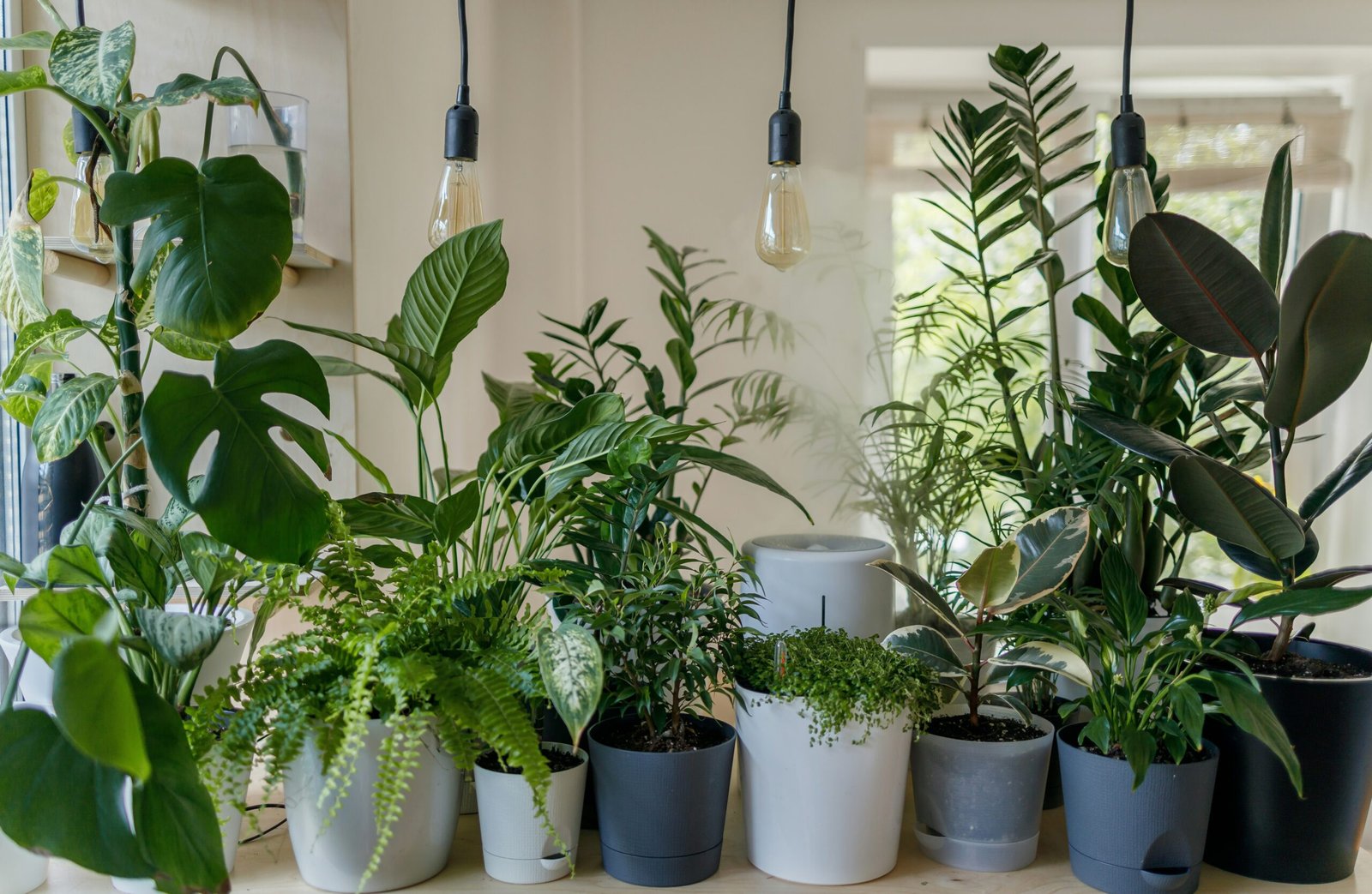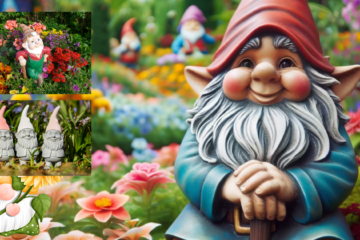Understanding the Benefits of Indoor Gardening
Indoor gardening offers a multitude of benefits, particularly for those living in small spaces. One of the most notable advantages is the positive impact on air quality. Indoor plants have been shown to absorb pollutants and release oxygen, creating a healthier environment. According to a study by NASA, certain houseplants can effectively filter harmful toxins from the air, including formaldehyde and benzene. This air-purifying effect is crucial in densely populated urban areas where pollution levels can be high, making indoor gardening not only aesthetic but also a vital aspect of maintaining good indoor air quality.
Moreover, engaging in gardening activities fosters mental health benefits. Studies indicate that nurturing plants and spending time in green spaces can reduce stress levels, enhance mood, and promote overall well-being. The act of gardening provides a therapeutic outlet, encouraging mindfulness and offering a break from daily routines. In small living areas, where individuals may feel confined or isolated, integrating plants can create a calming atmosphere that encourages relaxation and mental respite.
Aesthetic improvements are another significant advantage of incorporating greenery into limited living quarters. Indoor plants add color, texture, and vibrancy to a space, transforming it into a more inviting environment. Whether it involves hanging planters or small container gardens on windowsills, the visual appeal of plants can enhance any room’s decor and create a refreshing contrast against neutral walls and furnishings. This integration of nature into indoor spaces not only elevates the aesthetic value but also contributes to a more vibrant and lively home atmosphere.
In essence, understanding the myriad benefits of indoor gardening underscores its importance, particularly for those residing in smaller dwellings. By enhancing air quality, improving mental health, and elevating aesthetic value, indoor gardening emerges as an invaluable practice for modern living.
Choosing the Right Plants for Small Spaces
Creating an indoor garden in a small space presents unique challenges, yet it also offers a wonderful opportunity to incorporate vibrant plant life into your home. When selecting the right plants for these confined areas, several factors need to be considered. The first and foremost is light availability. Assess the natural light in your space; some plants thrive in bright, indirect light, while others are more tolerant of low-light conditions. For instance, pothos and snake plants are excellent choices for low-light environments, making them ideal for dimly lit apartments.
Next, consider the maintenance level of the plants you choose. Opting for low-maintenance plants, such as succulents and ferns, can relieve the pressure of regular upkeep, especially for those new to indoor gardening. Succulents, with their ability to store water, require minimal care and are quite trendy, fitting seamlessly into various decor styles. Ferns, in contrast, can infuse your living space with lush greenery and thrive in humid conditions, making them perfect for areas such as bathrooms.
Another crucial factor is the growth size of the plants. In small spaces, it’s advisable to select plants that won’t outgrow their designated area. Smaller varieties, such as dwarf citrus trees or compact flowering plants, can add character without overwhelming your space. Additionally, consider vertical gardening options, which allow for the use of wall-mounted planters, maximizing your planting area without taking up valuable floor space.
In summary, by thoughtfully selecting plants based on light conditions, maintenance requirements, and suitable growth size, you can create a flourishing indoor garden that enhances your small space while reflecting your personal style. A conscious selection of plants will lead to a thriving indoor ecosystem tailored to your living conditions.
Creative Container and Vertical Gardening Solutions
For those with limited space, container gardening and vertical gardening offer innovative solutions to cultivate flora in small indoor areas effectively. Utilizing various types of containers can enhance the aesthetic appeal of a room while providing functional growing space for plants. From traditional pots to contemporary options, the choice of planting containers is vast. Hanging planters are particularly effective; they free up floor space and can be arranged in patterns to create a visual impact. These planters can accommodate trailing plants such as pothos or ivy, which flourish when allowed to cascade downwards.
Wall-mounted pots represent another inventive approach. By attaching pots directly to walls, you can create a stunning living wall that serves as an art piece while providing greenery. This vertical garden method maximizes space efficiency and can incorporate a variety of plants, ranging from succulents to herbs, allowing for a beautifully diverse layering. Moreover, multi-tiered shelving units are also an excellent choice for vertical gardening. These units can hold multiple plants at different heights, ensuring optimal exposure to sunlight while allowing for easy monitoring and maintenance.
For those interested in DIY projects, the world of upcycling offers a treasure trove of creative gardening solutions. Common household items such as old wooden crates, tin cans, and even plastic bottles can be transformed into charming planters. Not only does this approach save money, but it also allows gardeners to express their creativity and commitment to eco-friendly practices. When selecting materials, ensure that they provide adequate drainage and are suitable for the type of plants being cultivated. By integrating these innovative techniques, indoor gardeners can enjoy a flourishing collection of greenery, all while maximizing the efficiency of their small living spaces.
Maintaining Your Indoor Garden: Tips and Tricks
Maintaining an indoor garden in small spaces requires consistent care and attention to detail. Establishing a routine is crucial, starting with a well-planned watering schedule tailored to the needs of your houseplants. Overwatering is a common mistake; therefore, it is essential to understand the moisture requirements of different plants. Consider using moisture meters to gauge the soil’s dampness accurately before watering. This preventative measure can help avoid root rot, a serious issue in confined spaces.
Pest management is another vital component of indoor gardening. Small spaces can often exacerbate pest problems, so regular inspections for signs of infestations are necessary. Common houseplant pests include aphids, spider mites, and mealybugs. Introducing natural predators such as ladybugs or using insecticidal soap can minimize pest populations without harmful chemicals. Ensuring proper air circulation and humidity levels can also discourage pests by making the environment less conducive to their survival.
Nutrient requirements differ among plant species, making it essential to choose the right fertilizers. Organic options, such as compost, provide a slow-release source of essential nutrients, while liquid fertilizers can be used for more immediate needs. Pay attention to the specific nutrient needs of each plant type and adjust your feeding schedule accordingly, especially during the active growing seasons of spring and summer.
Adapting your care routine based on seasonal changes is crucial for indoor gardening success. During winter, for example, many plants enter a dormant phase, requiring less water and fewer nutrients. Monitoring light levels is also essential, as shorter days can impact plant growth. Using grow lights can help supplement natural light during dreary months. Taking these adjustments into account ensures that your indoor garden thrives throughout the year.




